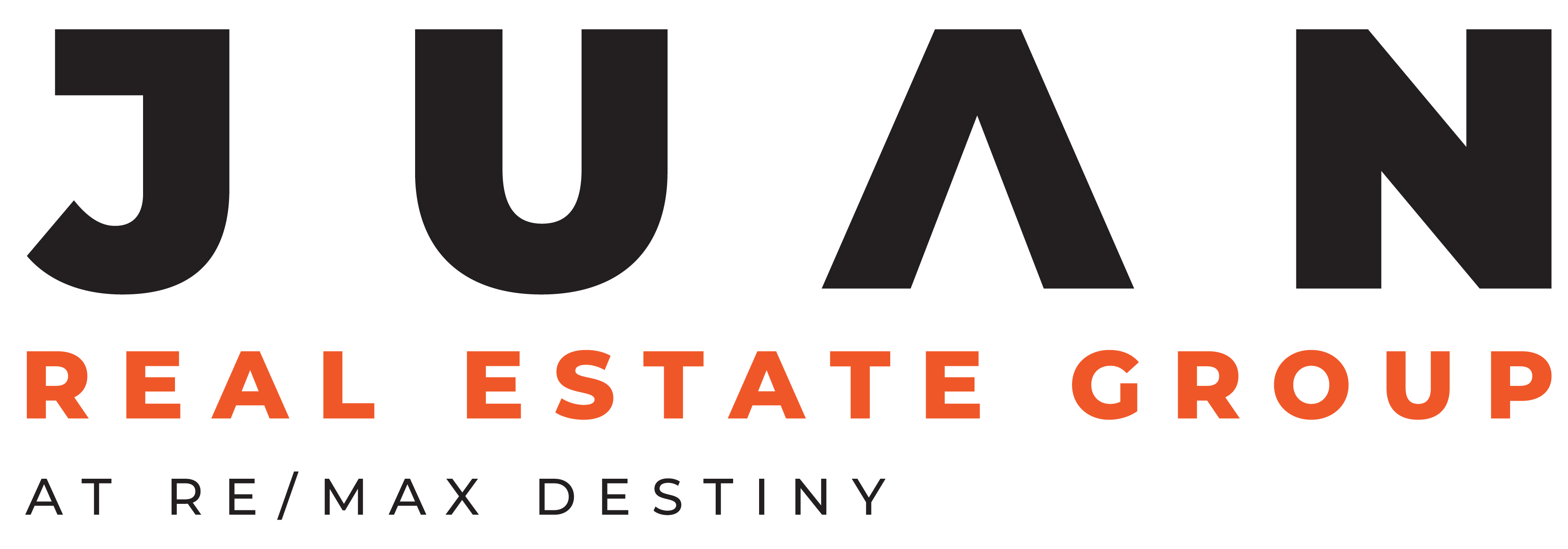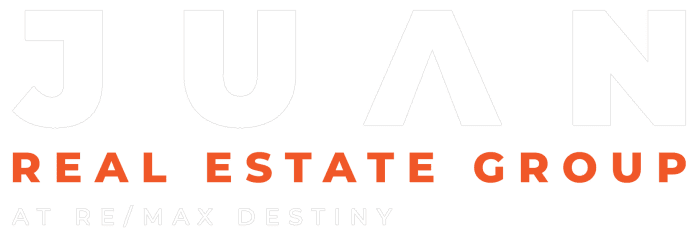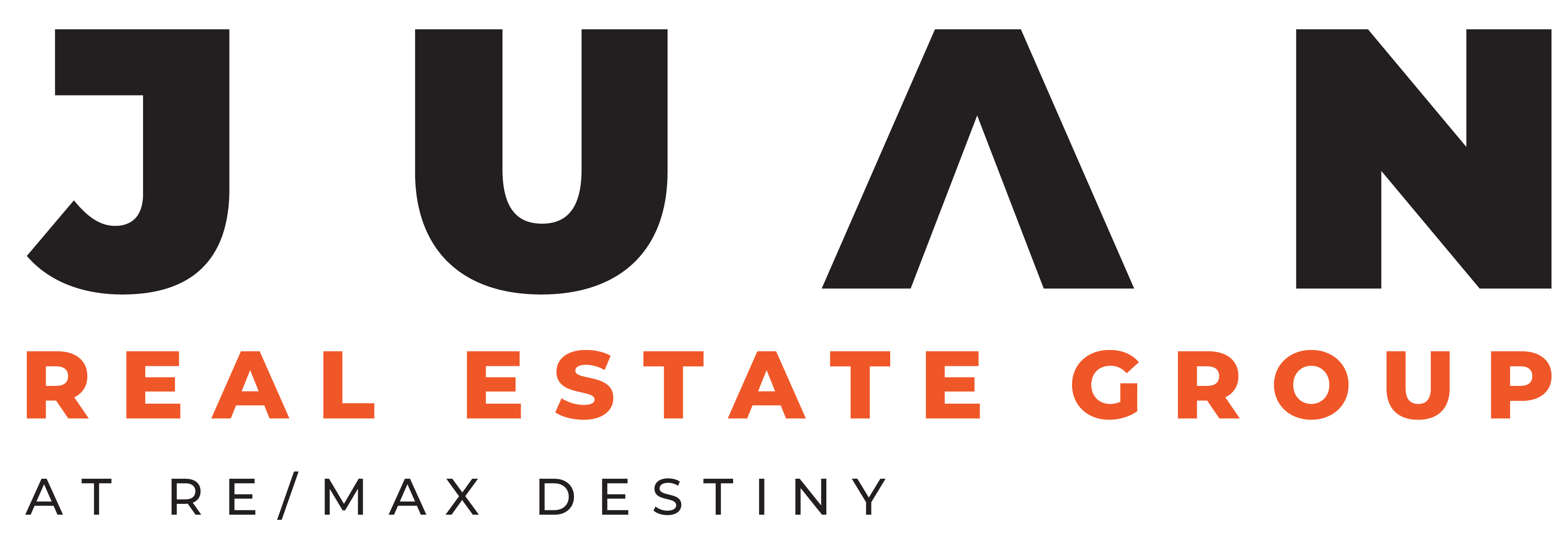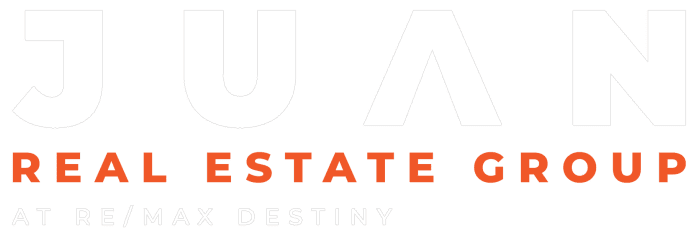How to Discover Boston's Next Big Neighborhood
Trace the Trail of Creativity
In the Greater Boston and Cambridge areas, following the artists isn't just about admiring the local art scene—it's a solid strategy for real estate foresight. Picture this: Cambridge's Central Square once had a more underground vibe, but today, it's a bustling hub of innovation and creativity. Watch for new gallery openings and the sprouting of indie coffee shops like the ones that dot Somerville. And if you start noticing vibrant murals popping up in a Boston neighborhood, that's your hint that the area is on its way up.
Keep an Eye on Infrastructure
Big changes in infrastructure signal that Greater Boston and Cambridge neighborhoods are set to grow. The extension of public transportation, such as new MBTA stops or bike lanes, typically means an area is becoming more accessible. When you see improvements in roadways or the expansion of community parks—think of the Rose Kennedy Greenway transformation—you're likely looking at a neighborhood on the rise.
Gauge the Business Barometer
From Cambridge's Kendall Square, teeming with biotech startups, to Boston's Seaport District, where innovation meets the ocean, the type of businesses moving into an area can tell you a lot about its trajectory. Trendy restaurants, craft breweries, and boutique fitness studios are not just places to enjoy a night out or a good workout; they're indicators that a neighborhood is attracting young professionals. Co-working spaces, meanwhile, point to a burgeoning entrepreneurial or freelancing community.
Education as an Indicator
Greater Boston and Cambridge are already renowned for their educational institutions. Yet, when new educational facilities—from charter schools to adult education centers—start to emerge in a neighborhood, it's a sign of a community's growth and an attractor for families. Watch for improvements in local schools or the introduction of specialized educational programs; these are clues that a neighborhood is on the upswing.
Analyze Housing Market Trends
The real estate market itself provides plenty of data for those looking to predict the next hot neighborhood. Decreasing days on market, gradually increasing home prices, and a rise in renovation projects are tell-tale signs. In areas like Somerville and parts of Dorchester, a noticeable uptick in renovations and flips over the past few years has signaled their ascendancy in the market.
Tech and Startups as Catalysts
The arrival of tech companies and startups can transform a neighborhood almost overnight. Greater Boston and Cambridge, with their rich ecosystem of innovation, often see areas like the aforementioned Kendall Square and the Seaport District flourish as tech and biotech companies settle in. Co-working spaces and incubators are dead giveaways, as are the meetups and networking events that follow the tech community wherever it goes.
Tap into the Local Buzz
Listening to local business owners, attending community meetings, and staying updated with local blogs and social media influencers can provide early hints of a neighborhood's potential. These sources can often reveal plans and projects long before they become public knowledge, giving savvy investors and homebuyers a head start.
Looking Beyond Borders
Neighborhoods adjacent to hotspots can offer great opportunities, thanks to the spillover effect. An area like Allston, bordering the always-popular Brookline and Cambridge, is a prime example. As these border areas become more accessible through improved transportation, such as better bus routes or bike paths, they begin to share in their neighbors' desirability—at a fraction of the cost.
Identifying up-and-coming neighborhoods in Greater Boston and Cambridge is about keeping your finger on the pulse of various indicators: creativity, infrastructure, business development, education, real estate trends, tech influence, local buzz, and proximity to thriving areas. By staying informed and observant, you have the opportunity to discover—and invest in—the next big neighborhood before it becomes widely recognized. Here's to smart investing and being part of a community's growth from the ground up. Happy hunting in Greater Boston and Cambridge!
Thinking about selling your home?
Get in touch. We'll guide you through every step of the process to ensure a smooth transaction that meets your goals.




